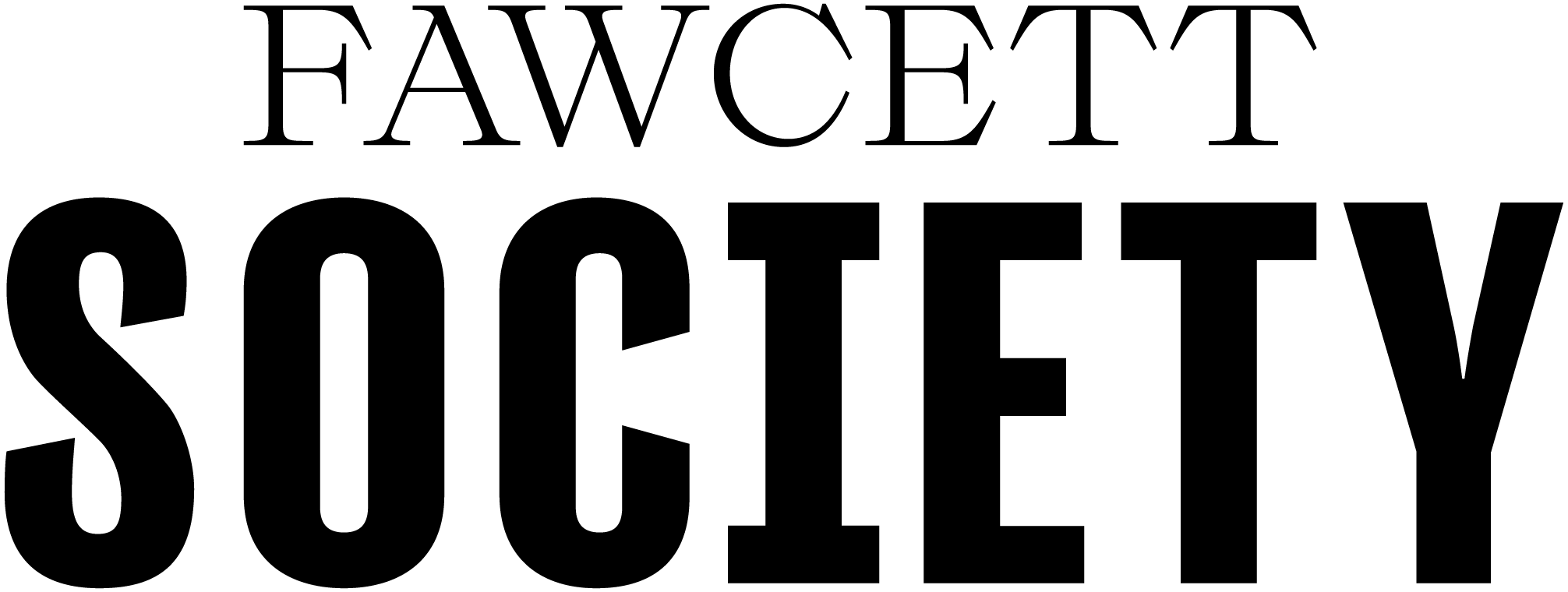Understanding disability
The medical model of disability previously focused solely on the physical and biological aspects of disability. This included a focus on how to “fix” a person’s disability, as well as developing special services for disabled people, completely separate from mainstream services used by non-disabled people [5]. However, sociologist and disabled academic Mike Oliver coined the term 'social model of disability' in 1983 to describe how many of the hurdles faced by people with disabilities don't arise from their specific disability, but rather from the social system in which we live, the barriers and restrictions that come with it and the lack of protective and accommodating measures put out to include disabled people [6]. This model focuses on the restrictions imposed by society on people with disabilities to encourage mainstream services to include disabled people, while not discouraging the use of medical help to reduce pain and improve quality of life [7]. The social model of disability has since been adopted by major health and international organisations, such as WHO [8] and UN [9], and is seen as a fair and adequate perception of the interactions between disability and society.
Women and disability
An intersectional lens
The United Nations’ 2012 report on the advancement of women tackles many of the obstacles faced by women with disabilities [10]. It also emphasises the importance of recognising the intersectionality of disabled women’s experiences and how the various social categories these women are integrated into influence the way they are treated and are able to navigate the world. Women with disabilities experience social stereotyping and negative attitudes relating to both their gender and their disability. In addition to the above described, women of colour with disabilities also face racial discrimination and stereotyping which can impact their access to certain services and opportunities. Research shows that indigenous women with disabilities in Myanmar were 89% less likely to receive at least four prenatal visits [11] and in the UK 49% of BME women with disabilities reported being verbally abused at work as well as 51% reporting being denied training and development opportunities [12]. Women with disabilities in low-income households are faced with yet another set of disadvantages, as data shows that 30% of households with at least one disabled member are below 60% of median income, compared to 18% of households without a disabled member [13]. The overlapping and interconnection of these identities makes all these women the target of discrimination at an individual and institutional level and highly vulnerable to many forms of violence. Although all disabled people are at a high risk of experiencing domestic violence, recent data provides an insight into how elevated that risk is for disabled women, as 1 in 2 women will experience some form of domestic violence during their lifetime, as well as a myriad of obstacles when it comes to seeking help [14].
Sexual harassment in the workplace
While the workplace should represent an environment of mutual respect, professionalism and safety, sexual harassment in the work environment is one of the types of sexual violence which largely affect women and to which women with disabilities are highly vulnerable. According to a 2021 report by the Trades Union Congress, entitled ‘Sexual harassment of disabled women in the workplace’, 68% of women with disabilities experience sexual harassment in the workplace, a significantly higher percentage than what is shown by data regarding women in general (52%) [15]. The report showed that women with disabilities experienced every type of sexual harassment in a higher percentage than women in general. In terms of types of harassment experienced, the most common for women with disabilities were unwelcome sexual jokes, with nearly half of participants having experienced it (49%). When it came to reporting the incidents, two thirds of women who had experienced it did not report it to their employers, for various reasons including thinking they would not be taken seriously and fear of the negative impact the reporting would have on their careers. When they did report the incident, 53% of these women were not satisfied with the way it was dealt. The impact of sexual harassment incidents for women with disabilities resulted in 1 in 8 leaving their job, and 34% reported the incident had a negative impact on their mental health.
Stranger harassment
Women with disabilities also face stranger harassment, that is public and street harassment from people unknown to the victim, at a disproportionate level. Stranger harassment has been recently discussed in relation to the UK’s new Protection from Sex-based Harassment in Public Bill [16], which aims to criminalise intentional [sexual] harassment in public spaces. Thrive's business case on stranger harassment collated data and industry research on disabled women's experience of stranger harassment and highlighted the problem of underreporting, mentioning a study which found that over 95% of women in the UK do not report incidents of public sexual harassment [17, 18]. Dr. Amy Kavanagh, a visually impaired woman, has campaigned extensively for more visibility and understanding regarding disabled women’s experience of street harassment. In a recent article she describes her experiences with street harassment and non-consensual touching, something she goes through daily and which has severely impacted her mental health [19]. Her experience prompted her to start the #JustDontGrab campaign and a shared blog with Dr. Hannah Mason-Bish, entitled Private Places, Public Spaces which sheds a light on women and non-binary people’s stories of street harassment, containing over 50 testimonies which relay experiences of non-consensual touching and often verbally, physically and sexually abusive instances in disabled people’s everyday navigation of public spaces [20].
When such experiences are consistently reported by women and further supported by data, it is hard to believe that enough is being done to reduce the difficulties faced by these women and to fully provide equal opportunities, as well as ensuring the safety of women with disabilities to navigate the world.
Women, disability and exclusion
When it comes to understanding exclusion and disability, Appleton-Dyer and Field’s work explores marginalisation in various sectors of life, both on a community level and an individual level [21]. On a community level, things like peoples’ knowledge and perceptions of disability as well as access to transportation and employability contribute massively to social exclusion (2014; 9). At an individual level, exclusion was attributed to “health and well-being, self-confidence and efficacy, access to support networks and material opportunity” (2014; 9), all of which could hinder a person’s ability to participate in certain aspects of life, especially in social environments, as someone with more confidence and a good support network might have an easier time socially than those who do not possess said support network or lack confidence. It is therefore a reasonable conclusion that this applies to women feeling exclusion in the social sphere on a community level, as it heavily relates to the perception of women with disabilities, as well as difficulties in accessing transportation in a safe way, both of which can be essential in order to create and maintain a good support network. On a personal level, women with disabilities may not feel confident in their ability to navigate the world safely and comfortably enough to put themselves in socially demanding situations.
Beyond in-person social inclusion, the digital world also has great influence in people’s lives, and is used as a tool to connect with others, share and access information and can also be a form of social inclusion. Research reveals that people with disabilities who use the internet are less likely to feel lonely and more likely to assess their life positively, and yet there is also much data pointing toward the digital exclusion of people with disabilities, particularly in lower income countries where access to mobiles and digital technology is limited, specifically for women [22]. A 2020 study entitled “The Digital Exclusion of Women with Disabilities”, which researched 7 different low- and middle-income countries, identified the mobile phone as an assistive technology, meaning a service which aids people with disabilities in navigating the world and participating socially [23]. Being digitally included would therefore be a step towards being more connected and socially included in a general sense. The study reveals that in all countries researched, the highest gap was found between men without disabilities and women with disabilities, and the latter were the least likely group to own a mobile, own a smartphone and use mobile internet across all the 7 countries. The study calls out the need to raise awareness for the needs of women with disabilities in the digital world and support these women in developing digital skills.
Although data and research on women with disabilities is still lacking, it is consistently reported, both formally (through studies and reports) and through the informal accounts of women with disabilities, that not enough is being done to improve these women’s lives and safety around the world. Disabled women are unfailingly amongst the most vulnerable groups when it comes to the topics discussed in this article, namely domestic violence, sexual harassment in the workplace and street harassment, as well as social exclusion, especially when it comes to the digital divide. Although measures like the new bill criminalising public harassment will greatly benefit women with disabilities, it is essential to continue the discussion on the rights of these women and continuously evaluate and explore what measures can be taken to further accommodate them and guarantee their safety. It is also crucial to assure their inclusion in social spaces, specifically spaces dedicated to gender equality discussions and discussions regarding people with disabilities, where women’s voices should be heard, amplified and embraced as beacons of change.


